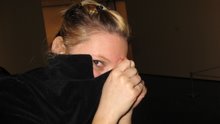- Seven
Dream-like sequence that is visually tactile. Viewer is on the look out and the intro to the film becomes part of film education. This piece is a modern take with a freshness. Conclusively, it allows audience to be irrational. What do the viewers pay attention to,look or sensibility?
